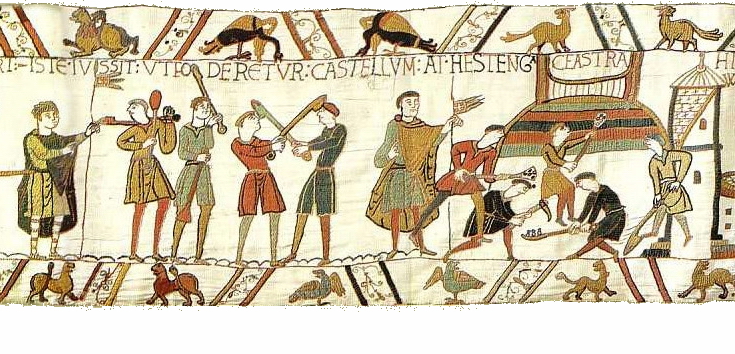This morning I chased down a stray clue and found myself listening in rapture to the Laudes Regiae - the praise of kings - which was first sung in England to accompany William the Conqueror as he walked in procession to St Peter's Church in Westminster for his consecration as king of England on Christmas Day in 1066. Just wonderful!
Laudes Regiae - praise for the king
The lines from the Carmen leave no doubt that as a conquering king William wanted his Christian authority to rule by right of conquest in battle as well as holy writ from Rome proclaimed by all. I've had to add a new footnote as appears below:
805.
Taliter aecclesiam
laudes modulando requirit •
In this manner, to the singing of the Laudes Regiae,[133]
the king sought the church
806.
Rex et regalem ducitur
ad cathedram •
And was conducted to the royal throne.
807.
Laudibus expletis turba
reticente canora •
The melodious Laudes complete, the crowd kept quiet.
[133] The Laudes Regiae, also known as Christus vincit, praises victory and
honor and derived from the tradition of chanting to Roman generals, consuls or
emperors who entered Rome in triumph after great battle. Charlemagne adapted the tradition for his
reign, using Christus vincit, Christus
regnat, Christus imperat for his personal motto. The Laudes
Regiae had become a traditional accompaniment to Frankish royal
consecrations by 1066. The oldest
surviving manuscript of the Laudes Regiae
in England was written for Queen Matilda’s consecration in 1068.

